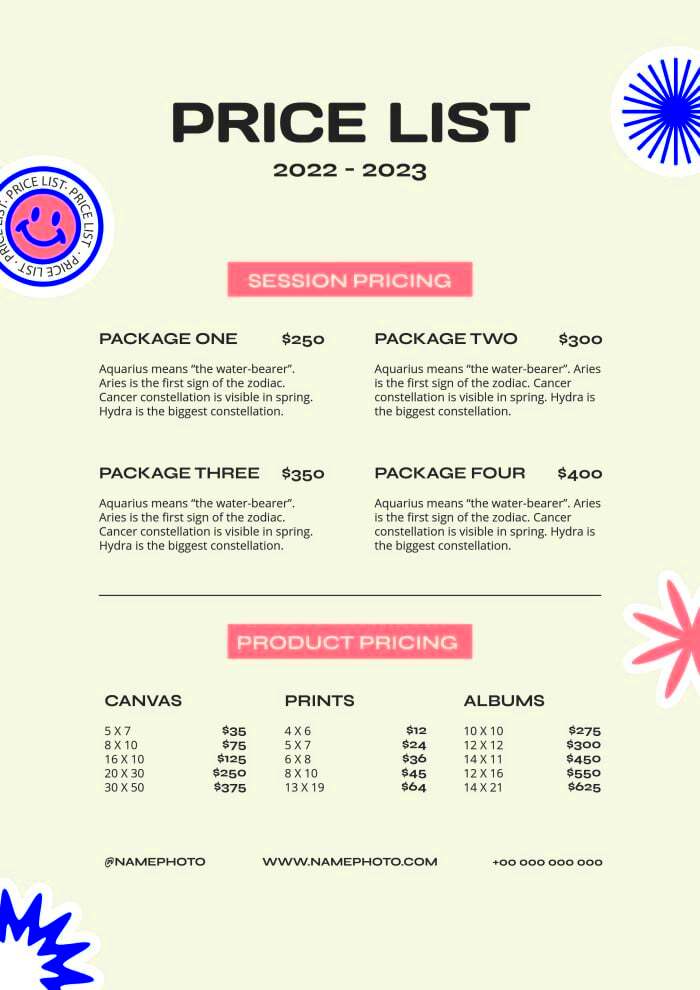Pricing in freelancing can be quite a challenge. I recall when I began my journey the thought of determining my own rates was daunting. It wasn't solely about covering expenses but also recognizing the worth of my time and expertise. Grasping the fundamentals of service pricing can have a significant impact.
Setting the price for freelance photography isn’t arbitrary. It involves considering various factors, such as
- Cost of Equipment: Cameras, lenses, and software are investments. Factor in depreciation and maintenance costs.
- Time Investment: This includes not just the time spent taking photos but also editing, client meetings, and travel.
- Experience: As you gain experience and build your portfolio, your pricing should reflect the quality and expertise you bring to the table.
- Market Rates: Research what others in your area or niche are charging. This helps you stay competitive.
Analyzing these factors allows you to create a pricing system that values your artistry and draws in customers.
Factors That Influence Photography Rates
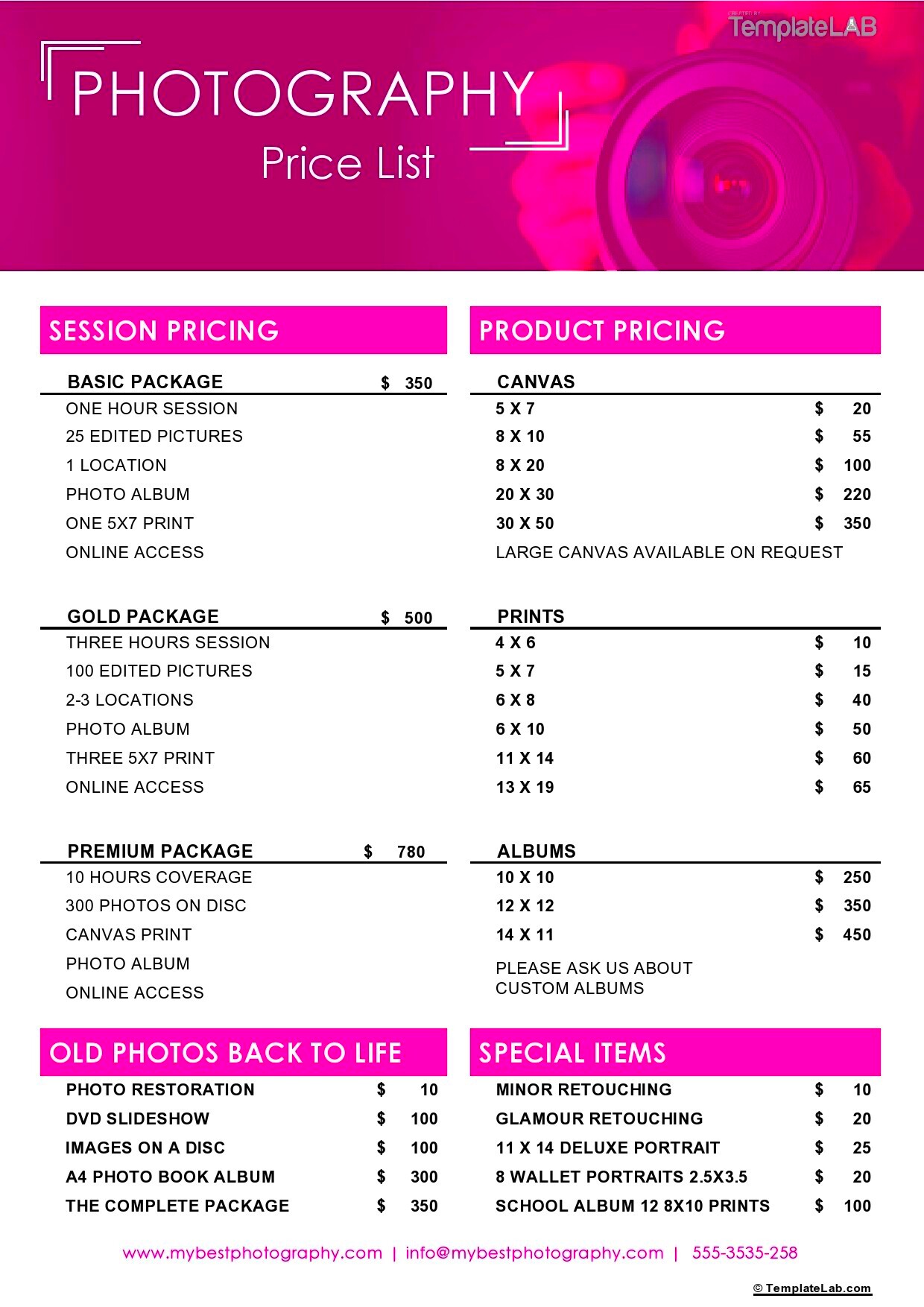
Determining your rates isn't a matter of using the approach. There are various factors at play that influence how much you should charge. I discovered this lesson through experience when I undervalued my services in the beginning and later realized that my time and effort weren't being fairly rewarded.
Here are some key factors to consider:
- Type of Photography: Portraits, events, commercial work, and product photography each have different price points. For example, a wedding shoot generally commands a higher rate than a simple headshot session.
- Client Requirements: Custom requests and special requirements can justify higher fees. A client wanting extensive retouching or multiple locations may increase the price.
- Usage Rights: If your photos will be used for advertising or commercial purposes, you can charge more for usage rights.
- Location: Prices can vary significantly depending on your geographic location. Urban areas with higher costs of living might allow for higher rates.
These considerations can assist you in establishing a rate that accurately represents the worth of your contributions while also aligning with your requirements and those of your clients.
Also Read This: Where Can I Get Custom Patches Made? Fiverr as Your Go-To Solution
How to Set Your Photography Rates
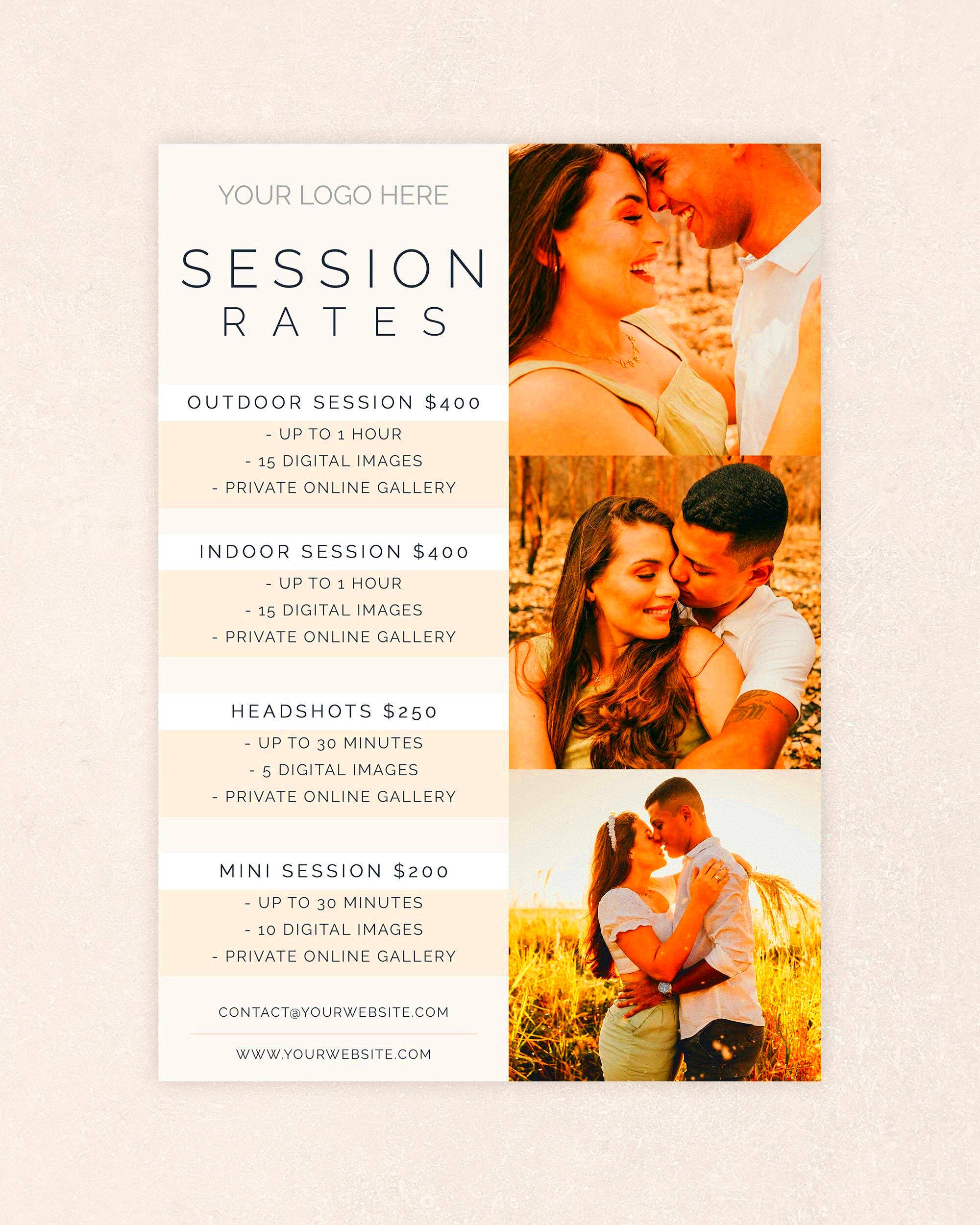
Determining your rates can be a challenge, especially when you’re starting out as a freelancer. I recall sitting in front of a spreadsheet trying to find a way to align my expenses with a reasonable profit margin. With time I came up with an approach that suited me and I hope it proves beneficial for you as well.
Here’s a guide on how to determine your pricing.
- Calculate Your Costs: Start by determining all your expenses, including equipment, software, and your time. For instance, if you spend 5 hours on a shoot and editing, calculate your hourly rate and multiply it by 5.
- Determine Your Desired Income: Decide how much you want to earn annually. Divide this amount by the number of projects you plan to take on in a year to get a target rate per project.
- Research Competitor Rates: Look at what others in your field and location are charging. This will give you a benchmark and help ensure you’re competitive.
- Set Clear Packages: Offer packages that include different levels of service. For example, a basic package might include 2 hours of shooting and 10 edited photos, while a premium package might include 4 hours and 20 edited photos.
- Be Transparent: Clearly communicate your pricing structure to clients. Transparency builds trust and helps avoid misunderstandings.
By following these steps, you can confidently establish rates that align with your worth and help you achieve your financial objectives.
Also Read This: G2 Crowd Insights: SpyFu Alternatives and Competitors in SEO Software
Different Pricing Models for Photography Services
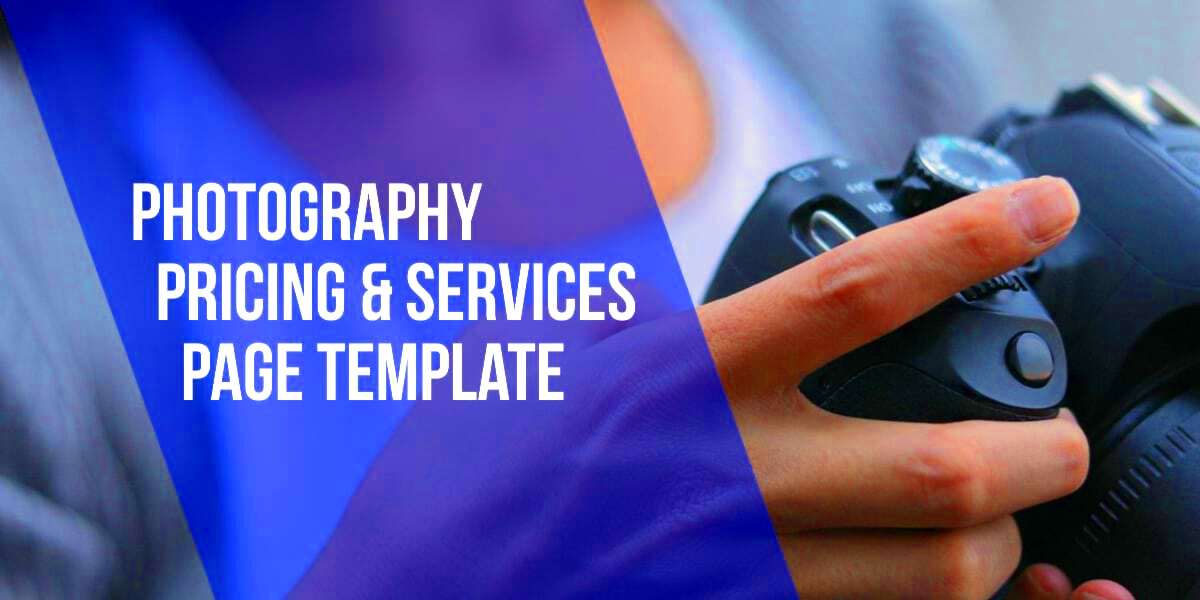
Selecting the pricing approach can be akin to navigating through options during a journey. In the early days of my freelance photography career I tried out different pricing structures to discover what worked well for me and my clients. Its not solely about determining a cost; it's also about ensuring it aligns with the nature of your work and your client interactions.
In the world of photography there are several pricing models that are commonly used.
- Hourly Rate: Charging by the hour is straightforward and works well for projects with variable time requirements. For instance, I often use this model for portrait sessions where the shoot duration can vary based on the number of outfit changes or locations.
- Day Rate: This model is ideal for events or projects that require a full day’s commitment. A day rate can cover the time spent shooting as well as any additional editing required. It's helpful for weddings or corporate events where the photographer’s presence is needed for an entire day.
- Per Photo/Per Print: Charging per photo or print is useful when clients want specific deliverables. I’ve found this model works well for clients who need high-quality images for marketing materials or personal use.
- Package Deals: Offering packages that bundle various services can be attractive to clients. For example, a package might include a set number of hours, edited photos, and prints. This model helps clients understand what they’re getting for their money and can simplify the pricing process.
Every approach comes with its advantages and disadvantages and the ideal option varies based on your unique business approach and client requirements. Try out various models to find the one that suits you best.
Also Read This: How Do You Pay for Fiverr Services?
Creating a Pricing Package for Clients
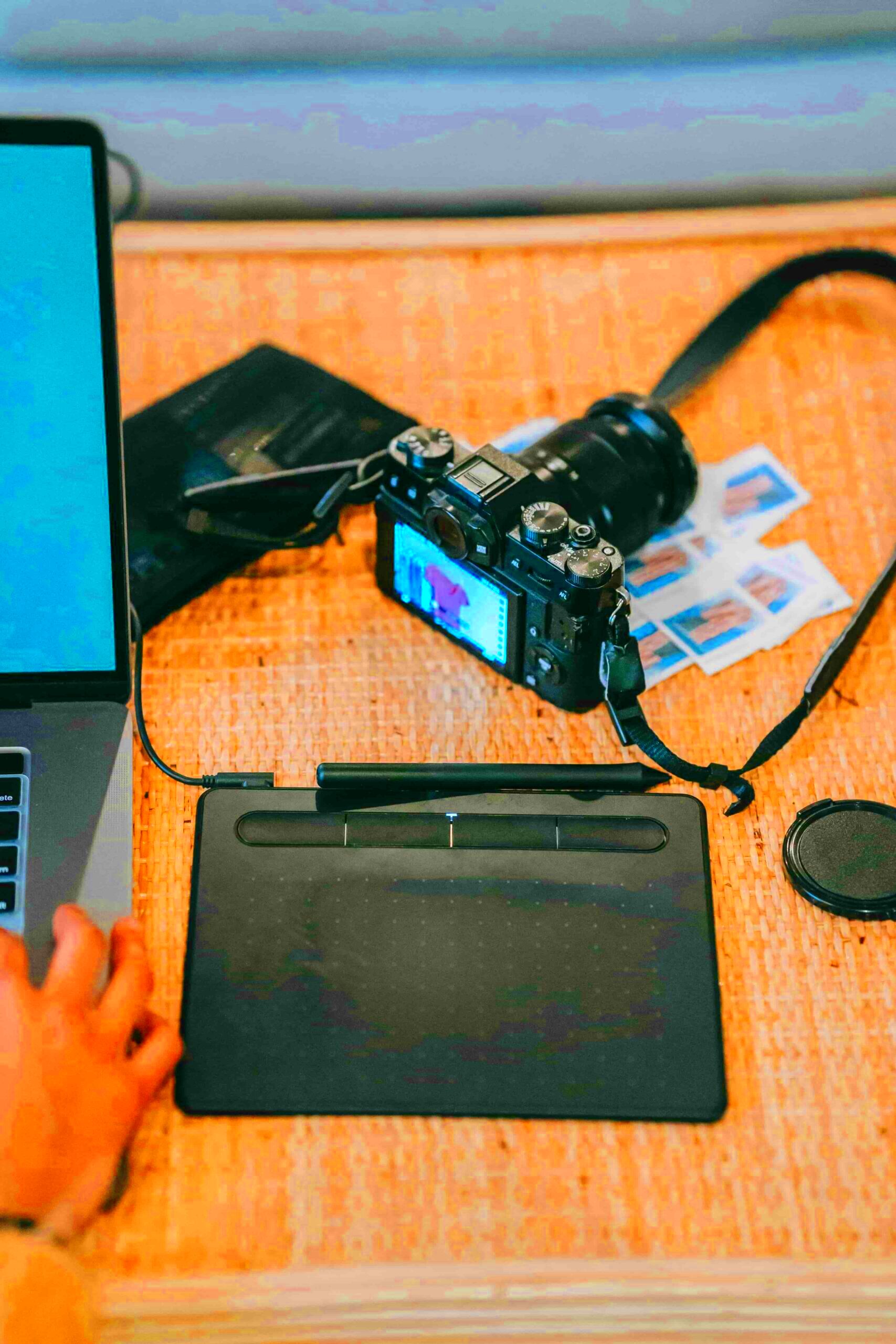
Putting together a pricing package is similar to designing a restaurant menu. Each package needs to provide something worthwhile and attractive to your customers. I remember when I started out as a freelancer and offered pricing options. It confused my clients and I soon understood the importance of having well defined packages.
Here’s a guide on crafting pricing packages that work well.
- Identify Client Needs: Start by understanding what your clients typically need. Do they want portrait sessions, event coverage, or something else? This will guide you in creating packages that cater to their requirements.
- Define Your Offerings: Decide what each package will include. For example, a basic package might include 1-2 hours of shooting and 10 edited photos, while a premium package could offer 4 hours of shooting, 30 edited photos, and a photo album.
- Set Clear Pricing: Make sure each package is priced clearly and competitively. Avoid vague descriptions and be specific about what’s included to prevent misunderstandings.
- Offer Add-Ons: Allow clients to customize their packages with add-ons. For instance, they might want additional hours of shooting or extra prints. Offering these options can increase the value of your packages.
- Review and Adjust: Regularly review your packages to ensure they remain relevant and competitive. Client feedback can be invaluable in making necessary adjustments.
By crafting clear and distinct service packages you not only assist your clients in selecting the option but also enhance the clarity and comprehensibility of your pricing structure.
Also Read This: Do You Send Your Product to Fiverr for Product Photography?
How to Adjust Your Prices for Different Projects
Finding the right price for each project can be a tricky task. Every project has its own characteristics and what is suitable for one may not be appropriate for another. I recall facing challenges with this when I first began my journey as I was uncertain about how to modify my rates based on different project scopes and needs.
Here are some suggestions on how to change your prices in a way.
- Assess the Project Scope: Consider the size and complexity of the project. A large commercial shoot with multiple locations and extensive editing will require a higher rate compared to a simple portrait session.
- Consider the Client’s Budget: Understand your client’s budget and adjust your rates accordingly. Sometimes, you may need to offer a discount or negotiate based on their financial constraints, but make sure it doesn’t undermine your value.
- Factor in Additional Costs: If a project requires extra travel, special equipment, or additional assistants, make sure to include these costs in your pricing. Transparent pricing ensures there are no surprises for either party.
- Offer Custom Quotes: For unique or custom projects, providing a personalized quote can be more effective than a standard rate. This approach shows that you’re willing to tailor your services to meet the client’s specific needs.
- Reevaluate Your Rates Periodically: As you gain experience and improve your skills, it’s important to revisit and adjust your rates. Regularly assessing your pricing helps ensure that it reflects your current level of expertise and market conditions.
Carefully adjusting your rates lets you stay adaptable while making sure you're paid fairly for your efforts. It's about striking a harmony between keeping clients happy and receiving compensation.
Also Read This: Why Am I Not Showing Up on Fiverr?
Tips for Communicating Your Pricing to Clients
Talking to clients about your prices is akin to sharing a candid chat about what seems just and sensible. When I began my journey as a photographer I found this aspect challenging. I aimed to be transparent while steering clear of coming across as inflexible. With time I discovered some strategies that made these conversations more seamless and impactful.
Here are a few suggestions for effectively conveying your pricing details.
- Be Transparent: Clearly outline what each service includes and what it doesn’t. I once had a client surprised by additional fees because I hadn’t detailed what was covered in my initial proposal. Detailed, itemized lists of what’s included in your package can prevent such issues.
- Explain the Value: Help clients understand what they’re paying for. For instance, explain that your rate covers not just the shoot but also editing, equipment use, and any additional costs. Sharing the effort and resources involved can justify your pricing.
- Use Clear Language: Avoid jargon and technical terms that might confuse your clients. When I started out, I used too many industry terms that made my pricing seem more complex than it was. Keeping things simple helps clients feel more comfortable.
- Be Open to Questions: Encourage clients to ask questions and address their concerns promptly. I always make it a point to invite clients to discuss any uncertainties they have about the pricing or the services included.
- Put It in Writing: Always provide a written quote or contract that details the agreed pricing and services. This not only protects both parties but also ensures that there are no misunderstandings down the line.
When you communicate about pricing it is essential to do so in a way that fosters trust and strengthens your relationship with clients.
Also Read This: How to Ensure Your Customers Pay on Fiverr
Examples of Common Pricing Mistakes to Avoid
When I started out as a freelancer I stumbled upon pricing blunders that taught me important lessons. Steering clear of these pitfalls can spare you a great deal of hassle and enhance your image. Here are a few missteps to be cautious about.
- Underpricing Your Services: When I first started, I was so eager to get clients that I set my prices too low. This led to burnout and made it hard to cover my costs. It’s important to value your work and set prices that reflect your skill and effort.
- Not Accounting for All Costs: Failing to include all costs, such as travel, equipment maintenance, and editing time, can leave you with unexpected expenses. I learned this the hard way and now ensure all potential costs are factored into my pricing.
- Overcomplicating Pricing Structures: Offering too many complex packages or add-ons can confuse clients. Keep your pricing simple and easy to understand. I used to offer numerous options, which only led to confusion and frustration for both me and my clients.
- Ignoring Market Rates: Setting prices without researching what others in your field are charging can lead to pricing that is either too high or too low. I found that understanding the market rates helps me position my services competitively.
- Failing to Adjust for Different Projects: Treating every project the same, regardless of its scope, can be a mistake. Adjust your rates based on the complexity and requirements of each project. This approach has helped me better manage my workload and client expectations.
Steering clear of these blunders can assist you in upholding a reputation and making sure that your pricing remains just and viable.
Also Read This: How to Log In to Fiverr: A Step-by-Step Guide
FAQ
What should I include in my pricing packages?
Make sure to mention things like how long the photo shoot will last how many photos will be edited if there are any prints or albums included and if there are extra services like retouching. The more specific you are the less room there is for misunderstandings.
How often should I review my pricing?
It’s wise to reassess your pricing once a year or whenever there’s a notable shift in your expenses or market dynamics. Consistent evaluations ensure that your charges stay in line with industry standards and accurately represent your expertise.
Can I offer discounts without undermining my pricing?
Absolutely providing discounts can work well, particularly for loyal customers or those referred to you. Just ensure that the discount doesn’t undermine the value of your services. You might think about giving discounts on additional services or upcoming projects instead of lowering your standard fee.
How do I handle clients who push back on pricing?
Hear them out and be open to exploring different possibilities. You can suggest different packages or modify the project scope to align with their financial constraints. Its crucial to keep a record of any modifications in writing to avoid misunderstandings.
What’s the best way to communicate my pricing to potential clients?
Clearly and professionally showcase your pricing, whether through a comprehensive proposal or a thoughtfully crafted pricing sheet. It's important to communicate the worth of your services and be receptive to addressing any inquiries they may pose.
Conclusion
Establishing and conveying your photography rates can be a delicate balancing act between getting paid fairly and keeping your clients happy. Through my experiences I've discovered that being open about your prices and showing flexibility are essential. When you clearly communicate your pricing structure and the value you offer to your clients it not only fosters trust but also helps you maintain a professional advantage. Don't forget to regularly assess your pricing strategies steer clear of pitfalls and customize your approach for each project. By doing you can build a business model that showcases your talent and enthusiasm while also catering to the needs of your clients.

